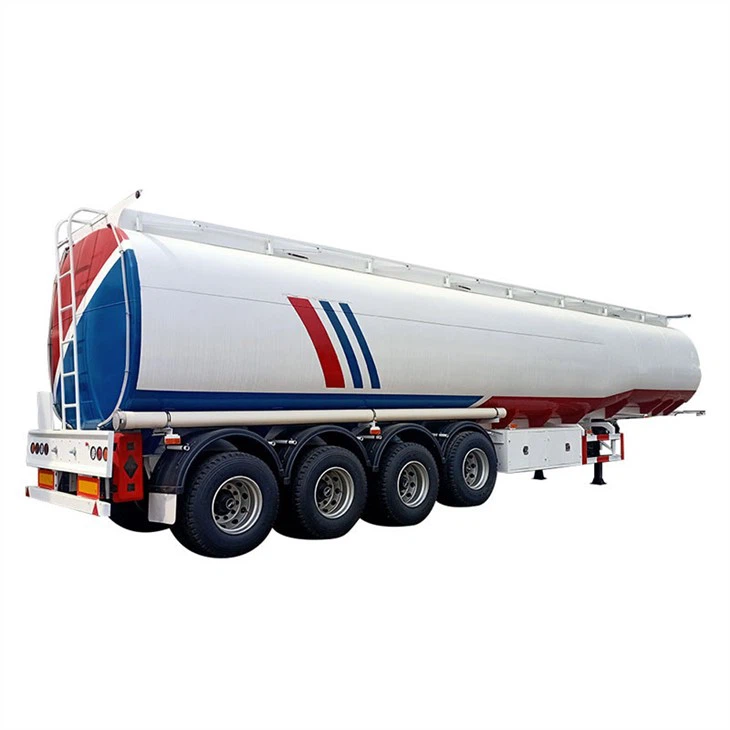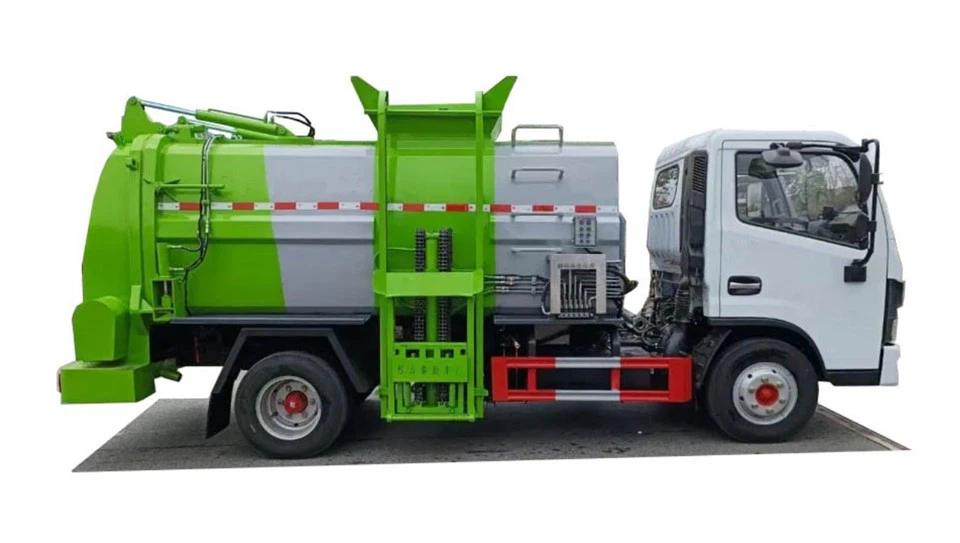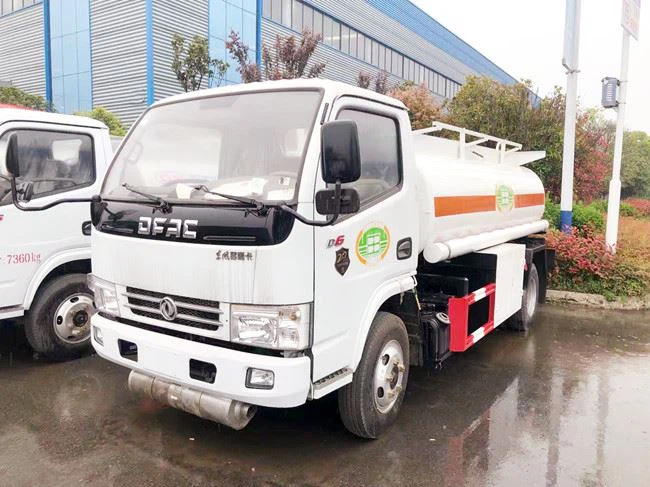Understanding Fuel Tanker Capacity Litres: A Comprehensive Guide

Fuel tankers play a crucial role in transporting fuel from refineries to various destinations. Knowing about their capacity in litres is essential for logistics, cost estimation, and environmental considerations. This comprehensive guide covers everything you need to know about fuel tanker capacity, including types, specifications, calculations, and factors affecting capacity.
1. What is Fuel Tanker Capacity?
Fuel tanker capacity refers to the total volume of fuel that a tanker can hold, typically measured in litres. It is a critical factor in determining the efficiency, cost-effectiveness, and environmental impact of fuel transportation.
1.1 Importance of Fuel Tanker Capacity
Understanding tanker capacity helps in:
- Optimizing transportation costs
- Planning fuel deliveries
- Complying with regulatory requirements
- Reducing environmental impact
2. Types of Fuel Tankers

Fuel tankers come in various types, each designed for specific applications and capacities. Here’s a breakdown of the most commonly used fuel tankers:
2.1 Road Tankers
Road tankers are the most common type used for transporting fuel overland. They typically have capacities ranging from 1,000 to 35,000 litres.
2.2 Marine Tankers
Marine tankers, also known as oil tankers, are designed for shipping oil over water. Their capacities can range from 100,000 to several million litres.
2.3 Rail Tankers
Rail tankers are suitable for transporting large volumes of fuel by train. Their typical capacities vary between 15,000 to 30,000 litres.
2.4 ISO Containers
ISO tank containers are standardized tanks designed for intermodal transport. They can hold varying quantities of liquid, usually between 20,000 to 25,000 litres.
3. How to Calculate Fuel Tanker Capacity
Calculating the capacity of a fuel tanker is straightforward and can be carried out using specific formulas depending on the tanker shape. The most common shapes include cylindrical and rectangular.
3.1 Cylindrical Tankers
The volume (V) of a cylindrical tanker can be calculated using the formula:
V = π × r² × h
Where:
- r = radius of the cylinder
- h = height (length) of the cylinder
- π = Pi, approximately 3.14
3.2 Rectangular Tankers
The volume of a rectangular tanker can be calculated as follows:
V = l × w × h
Where:
- l = length
- w = width
- h = height
4. Factors Affecting Fuel Tanker Capacity
Several factors can influence the effective capacity of a fuel tanker:
4.1 Tanker Design and Build
The design and engineering of the tanker can significantly affect its capacity. Features such as baffles and reinforced structures can reduce the usable volume.
4.2 Fuel Type
The type of fuel being transported can also play a role, as certain fuels require specific handling measures, affecting the amount that can be loaded.
4.3 Regulations and Safety Measures
Regulatory standards often dictate how much fuel can be transported for safety reasons, which can impact effective capacity.
4.4 Environmental Considerations

Environmental regulations may impose limits on the amounts transported, particularly for hazardous materials, thus affecting capacity.
5. Common Fuel Tanker Capacities by Type
Here’s a table comparing the capacities of various fuel tanker types:
| Type of Tanker | Typical Capacity (Litres) |
|---|---|
| Road Tanker | 1,000 – 35,000 |
| Marine Tanker | 100,000 – 3,000,000+ |
| Rail Tanker | 15,000 – 30,000 |
| ISO Tank Container | 20,000 – 25,000 |
6. Practical Examples of Fuel Tanker Capacity Utilization
6.1 Case Study: Road Tankers
A logistics company operates a fleet of road tankers with an average capacity of 20,000 litres. Knowing this, they can plan for optimal route efficiency, ensuring that they fill their tankers to minimize trips while adhering to safety regulations.
6.2 Case Study: Marine Tankers
During peak demand months, a marine tanker with a capacity of 300,000 litres can be scheduled to deliver fuel to multiple ports. Understanding its capacity allows the logistics team to maximize cargo loading and reduce transportation costs.
6.3 Tips for Efficient Fuel Tanker Use
- Regularly Maintain Tankers: Keeping tanker equipment in top shape helps in achieving maximum capacity.
- Plan Deliveries Efficiently: Utilize fuel tanker capacity effectively through careful route planning.
- Adhere to Regulations: Always comply with regulations to optimize capacity while ensuring safety.
7. Environmental Impact of Fuel Tankers
Fuel tankers have a significant environmental footprint, and understanding tanker capacity can help mitigate this impact. Strategies for reducing environmental concerns include:
7.1 Efficient Fuel Transport
Optimizing the load factor of tankers can reduce the carbon footprint per litre transported.
7.2 Use of Eco-Friendly Fuels
Utilizing biofuels or other environmentally friendly fuels during transportation can reduce overall emissions, contributing to sustainable practices.
8. Future Trends in Fuel Tankers
As technology and regulations evolve, the fuel tanker industry is also changing. Some notable trends include:
8.1 Automated Tankers
The rise of automation is set to revolutionize efficiency in fuel transportation, reducing human error and operational costs.
8.2 Enhanced Tanker Designs
New materials and designs are being implemented to optimize capacity and safety in fuel transport, making them more environmentally friendly.
8.3 Remote Monitoring
Advanced sensor technologies allow for real-time monitoring of tanker capacity and safety status, ensuring optimal operation.
9. Frequently Asked Questions (FAQs)
9.1 What is the average capacity of road fuel tankers?
The average capacity of road fuel tankers typically ranges between 1,000 to 35,000 litres.
9.2 How do I calculate the capacity of a cylindrical tanker?
The volume can be calculated using the formula: V = π × r² × h, where r is the radius and h is the height.
9.3 Are there restrictions on the amount of fuel I can transport?
Yes, various regulations dictate the maximum capacities for safety and environmental reasons, especially for hazardous materials.
9.4 What factors affect fuel tanker capacity?

Factors include tanker design, fuel type, regulations, and environmental considerations.
9.5 How can I reduce the environmental impact of fuel transport?
Implementing efficient routing, using eco-friendly fuels, and maintaining tankers can significantly reduce environmental impact.
9.6 What are the benefits of using marine fuel tankers?
Marine tankers can transport large volumes of fuel over long distances efficiently, making them ideal for international shipping operations.
